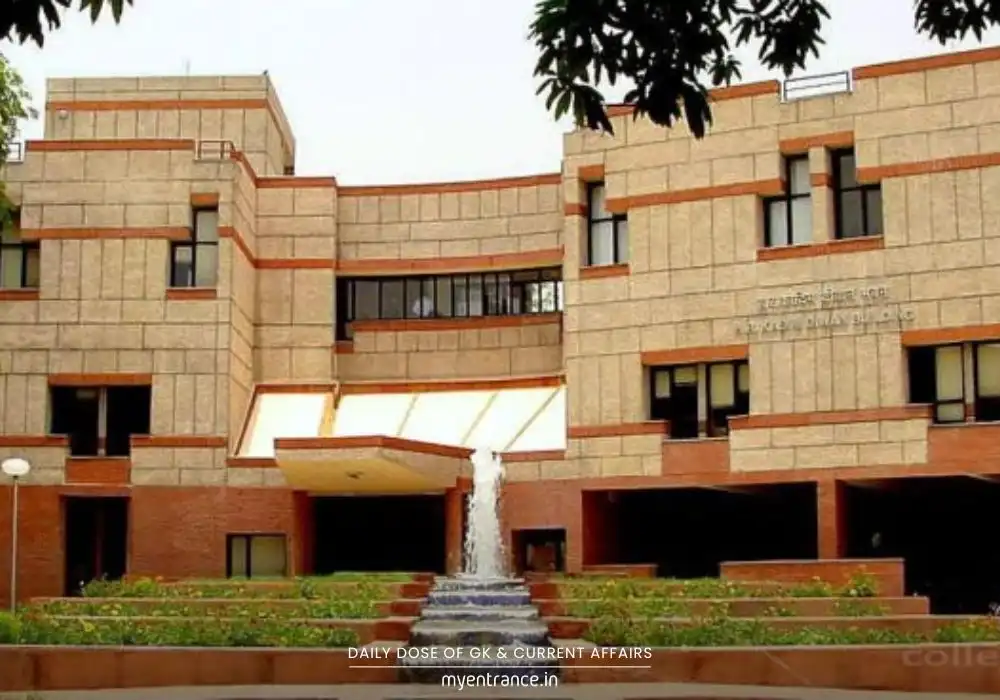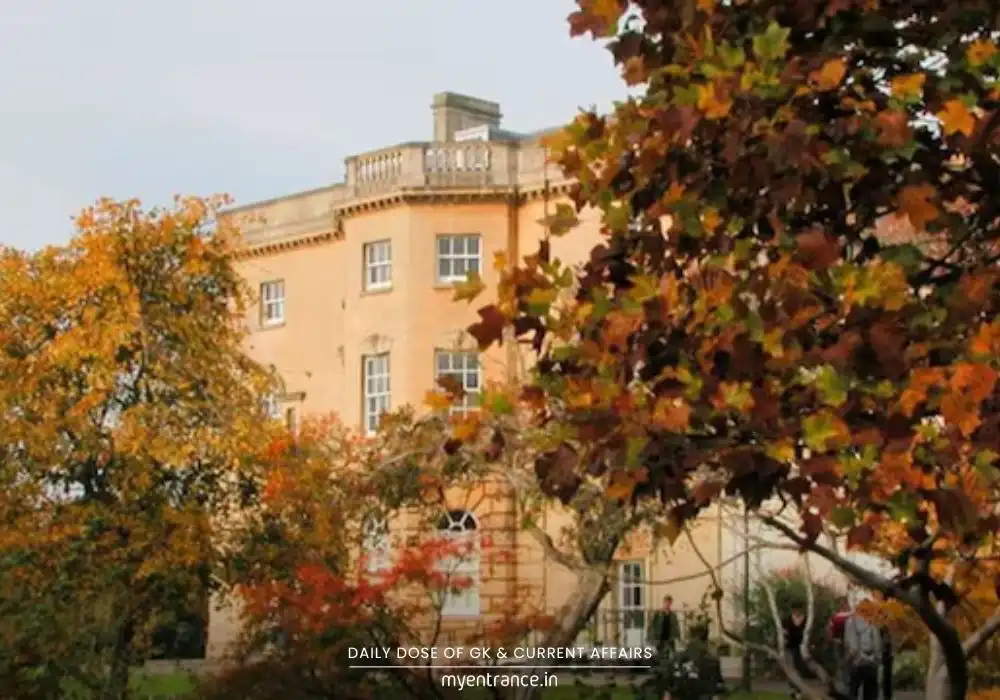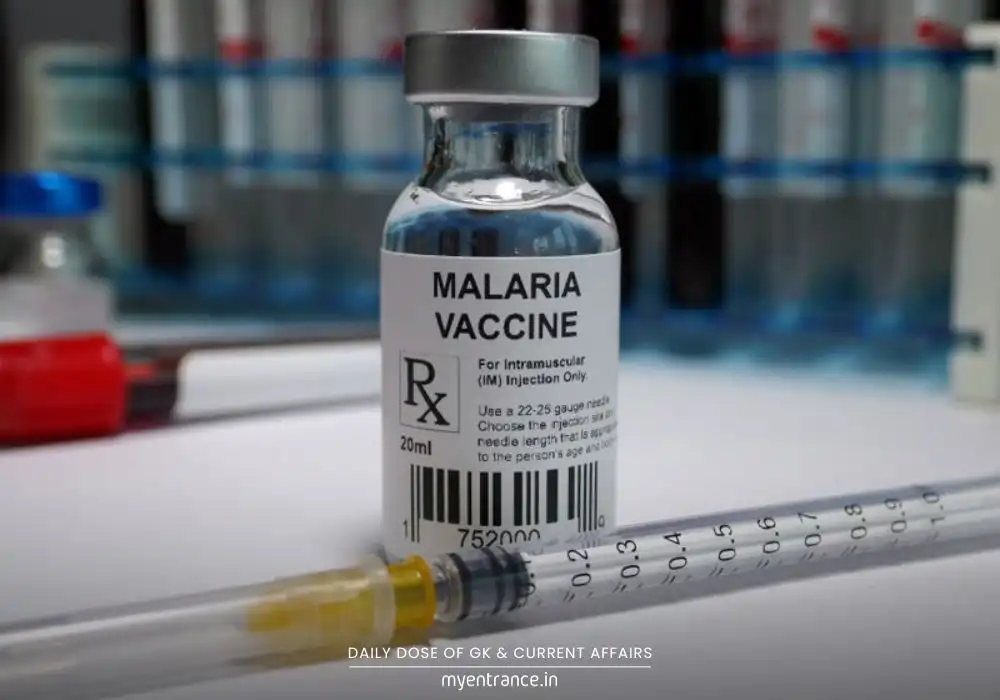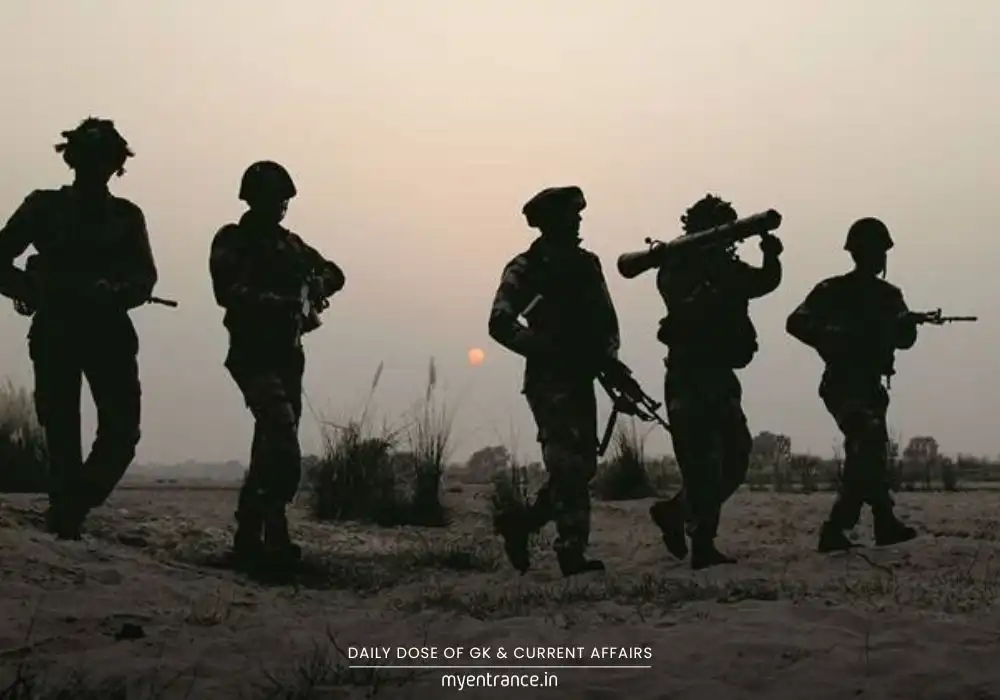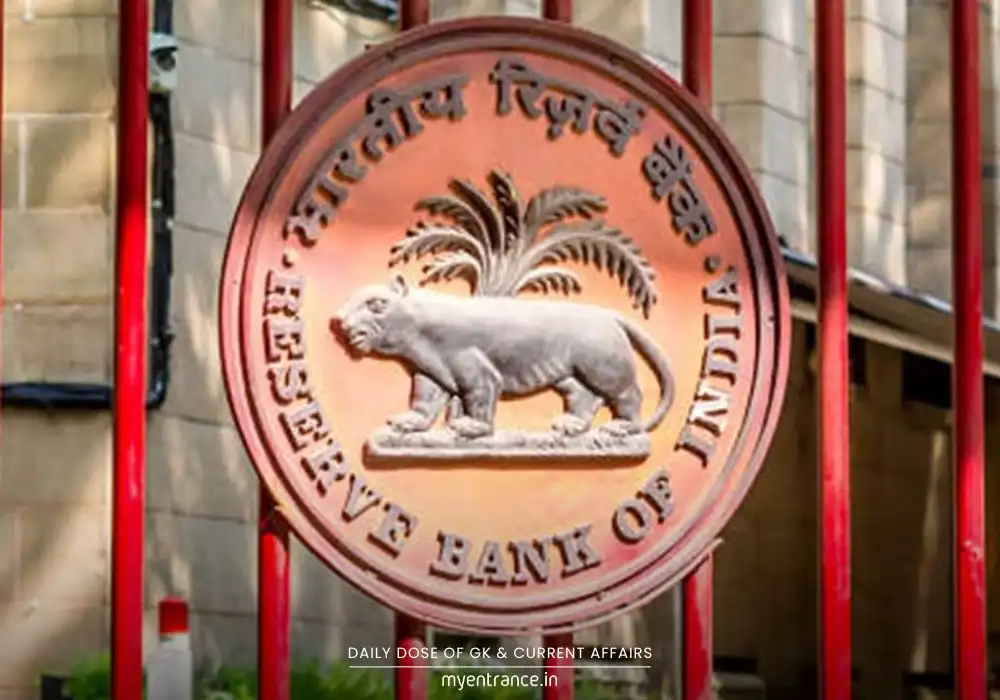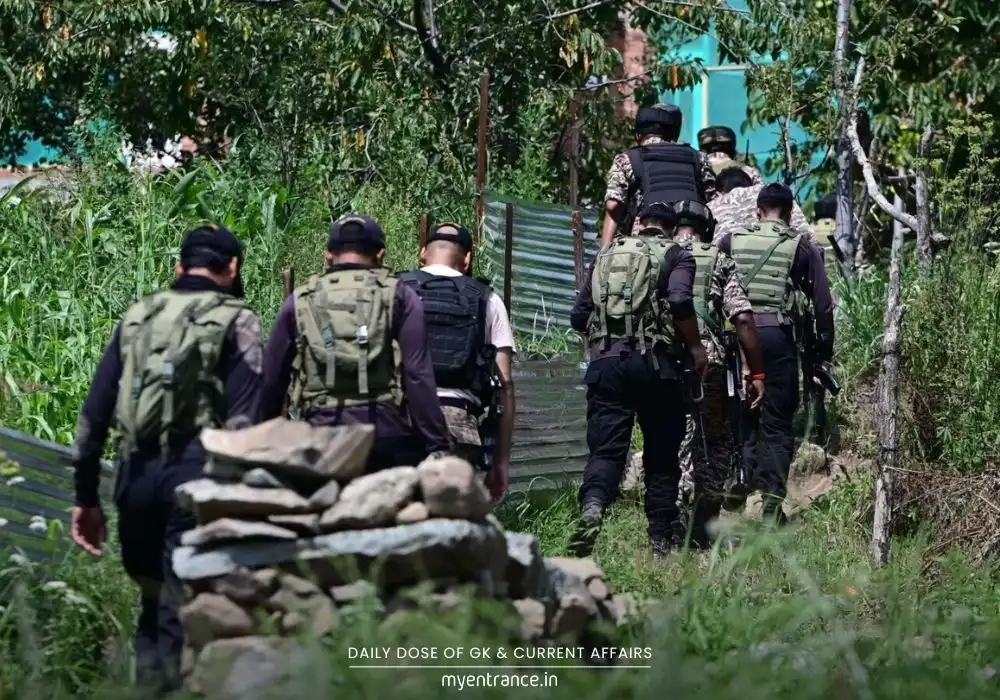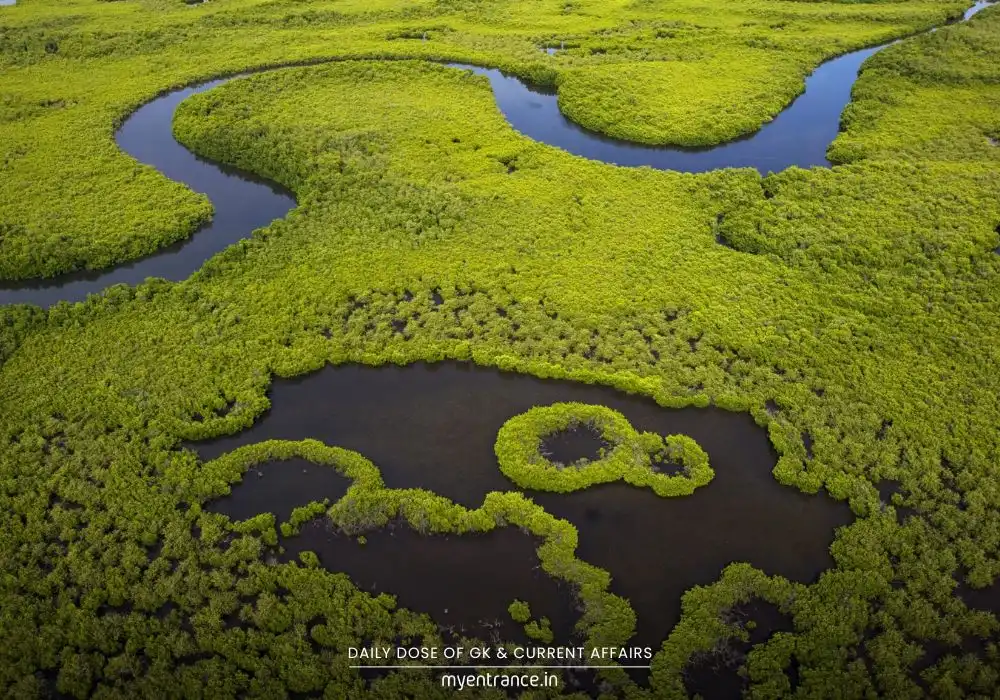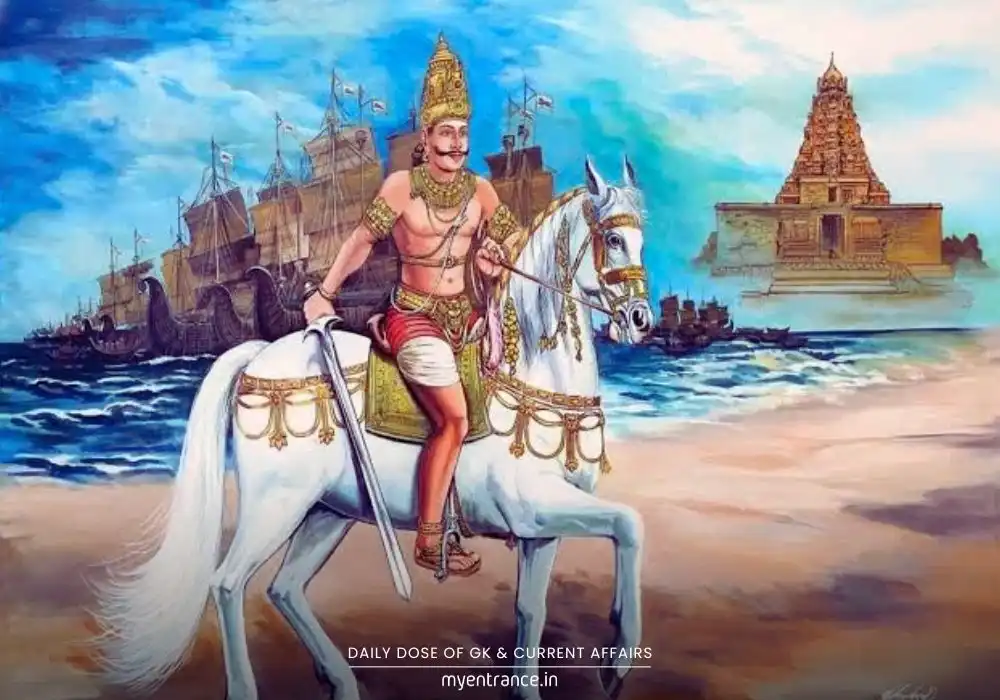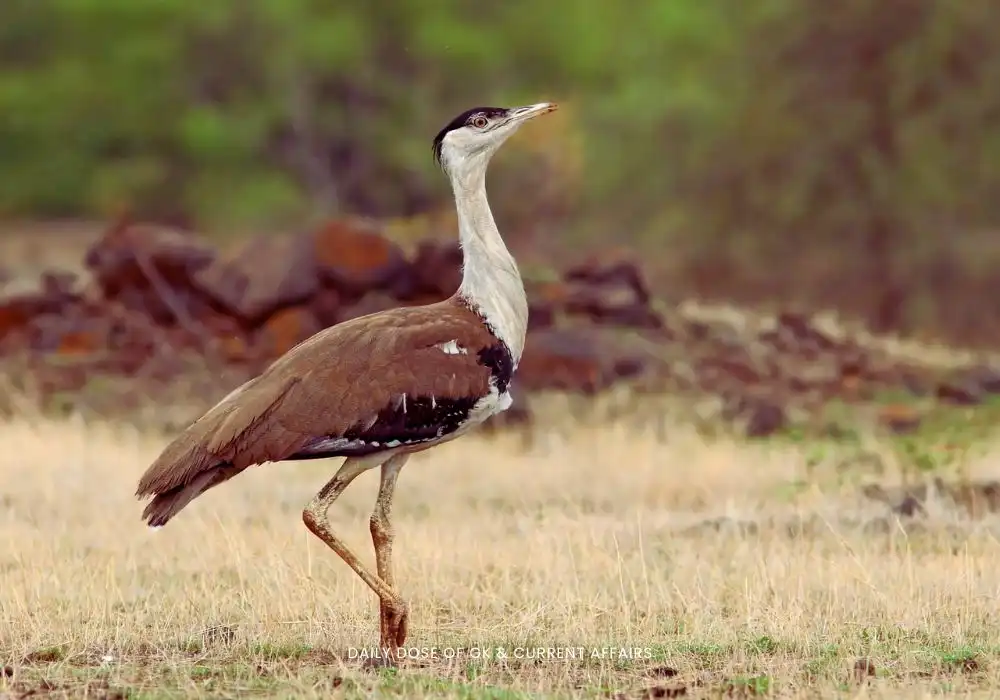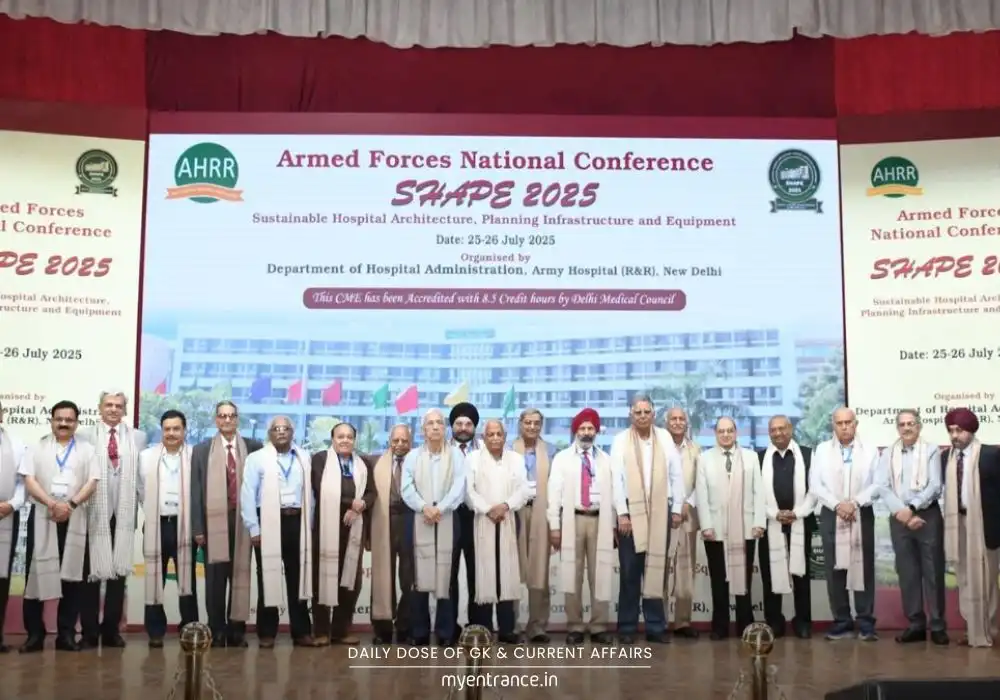Translate Language
Why is India Racing Against Time to Bring More African Cheetahs?
India’s quest to reintroduce cheetahs hinges on high-stakes diplomacy with African nations. While Botswana confirmed four cheetahs, talks with South Africa slowed post-elections, and Kenya eyes long-term collaboration. Here’s how this ecological mission impacts conservation strategies—and your exam prep.
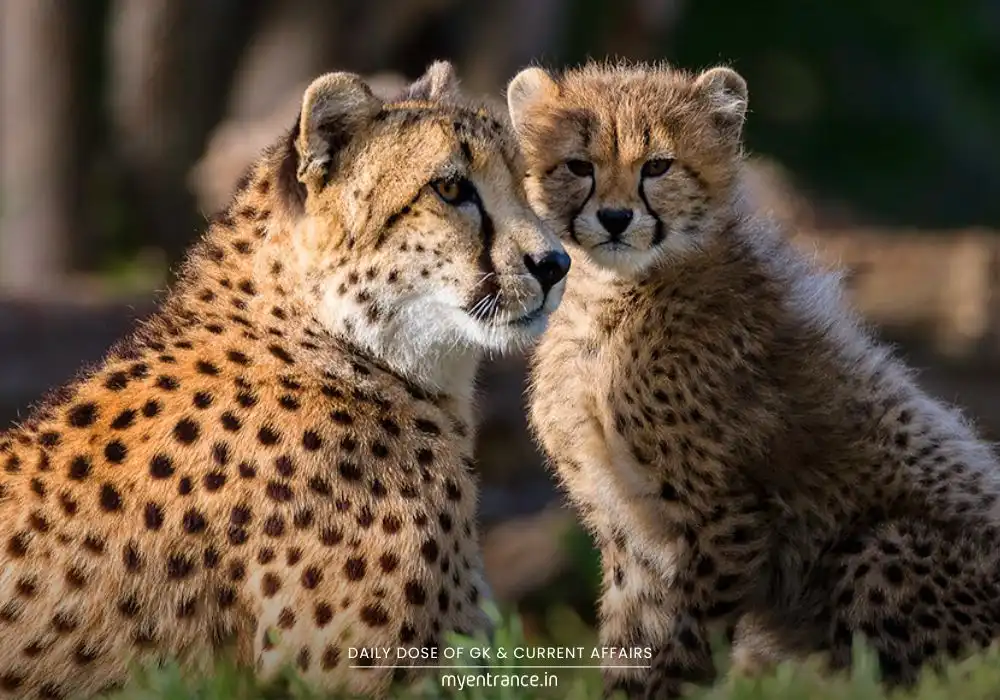
India’s dream of restoring cheetahs to its landscapes is navigating complex diplomatic corridors. Over the past two years, intense negotiations with Botswana, South Africa, and Kenya have unfolded to bring more African cheetahs—but the path isn’t smooth.
The African Chessboard
Botswana has formally pledged four cheetahs. Though Madhya Pradesh announced a May 2024 arrival, logistical coordination continues.
South Africa, having sent 12 cheetahs in 2023, has seen talks stall. Recent government changes post-elections delayed follow-up plans despite existing cooperation.
Kenya’s discussions remain broad, focusing on future partnerships rather than immediate transfers.
Project Cheetah: Current Status
Twenty cheetahs (8 from Namibia, 12 from South Africa) already roam Kuno National Park. Tragically, eight adults and five cubs died, underscoring the project’s challenges. To reduce density pressure, some cheetahs may move to Gandhi Sagar Sanctuary soon.
Behind the Scenes
The Cheetah Project Steering Committee (formed May 2023) oversees the mission. While early plans mentioned Kenya, Tanzania, and Sudan, the National Tiger Conservation Authority (NTCA) clarifies: no active deals exist beyond South Africa/Namibia/Botswana.
Why This Matters for Aspirants
This isn’t just about big cats—it’s a case study in:
Transcontinental species reintroduction hurdles
Intergovernmental environmental diplomacy
Balancing ecology with political realities
Institutions like NTCA and Steering Committees
Key Q&As (Exam-Focused):
Q1: Why did cheetahs go extinct in India?
A: Hunting, habitat loss, and declining prey populations led to their extinction by the 1950s. The last recorded wild cheetah was shot in 1947.
Q2: What’s the Supreme Court’s role in cheetah translocation?
A: In 2020, the SC approved reintroducing African cheetahs as a “carefully chosen exception” to India’s policy against non-native species, calling it a “unique conservation effort.”
Q3: Why move cheetahs from Kuno to Gandhi Sagar?
A: To reduce overcrowding risks and establish a second viable population, enhancing genetic diversity and project resilience.
Q4: How does NTCA relate to the Cheetah Steering Committee?
A: The NTCA formed the Steering Committee specifically to guide Project Cheetah. While NTCA handles broader tiger conservation, the Committee focuses solely on cheetah reintroduction challenges.
Q5: Why are Southeast African cheetahs used, not Asiatic ones?
A: Critically endangered Asiatic cheetahs (found only in Iran) are nearly extinct. Southeast African cheetahs are genetically similar and ecologically adaptable to Indian grasslands.
Get 3 Months Free Access for SSC, PSC, NIFT & NID
Boost your exam prep!
Use offer code WELCOME28 to get 3 months free subscription. Start preparing today!
